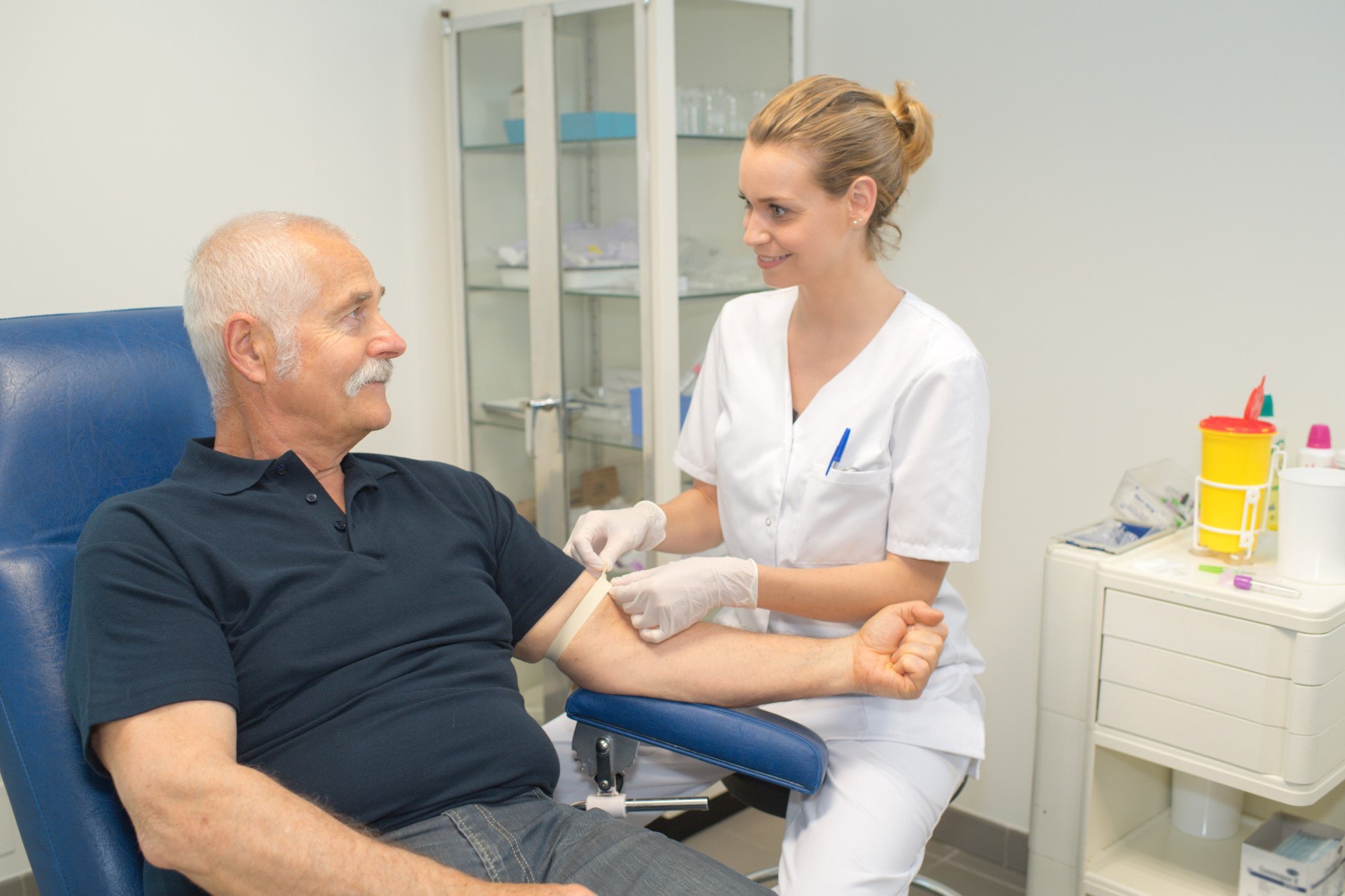4 Easy Facts About Northeast Medical Institute - New Haven Campus Phlebotomy Course & Cna Class Described
Wiki Article
The 2-Minute Rule for Northeast Medical Institute - New Haven Campus Phlebotomy Course & Cna Class
Table of ContentsSee This Report about Northeast Medical Institute - New Haven Campus Phlebotomy Course & Cna ClassThe Ultimate Guide To Northeast Medical Institute - New Haven Campus Phlebotomy Course & Cna ClassThe Ultimate Guide To Northeast Medical Institute - New Haven Campus Phlebotomy Course & Cna ClassThe 2-Minute Rule for Northeast Medical Institute - New Haven Campus Phlebotomy Course & Cna ClassHow Northeast Medical Institute - New Haven Campus Phlebotomy Course & Cna Class can Save You Time, Stress, and Money.Northeast Medical Institute - New Haven Campus Phlebotomy Course & Cna Class Fundamentals Explained
The usage of such devices must be come with by other infection prevention and control techniques, and training in their usage.For settings with reduced sources, cost is a motoring aspect in procurement of safety-engineered gadgets - PCT Training. Where safety-engineered gadgets are not offered, knowledgeable use a needle and syringe is appropriate. Unintentional exposure and certain information about an event must be videotaped in a register. Assistance services need to be promoted for those that undergo accidental exposure.
One of the crucial pens of high quality of care in phlebotomy is the participation and collaboration of the person; this is mutually advantageous to both the health and wellness worker and the person. Clear information either composed or verbal should be available to each patient who goes through phlebotomy. Annex F gives example message for explaining the blood-sampling procedure to an individual. In the blood-sampling space for an outpatient department or center, offer a comfy reclining couch with an arm remainder.
Excitement About Northeast Medical Institute - New Haven Campus Phlebotomy Course & Cna Class
Make certain that the indications for blood tasting are clearly defined, either in a composed procedure or in recorded instructions (e.g. in a lab form). Whatsoever times, follow the techniques for infection prevention and control listed in Table 2.2. Infection prevention and control practices. Collect all the devices required for the treatment and place it within safe and easy reach on a tray or cart, making certain that all the products are plainly visible.Present yourself to the client, and ask the patient to specify their complete name. Check that the research laboratory kind matches the individual's identification (i.e. match the client's details with the lab form, to make sure precise identification).
Make the client comfy in a supine placement (when possible). Area a tidy paper or towel under the client's arm. Go over the examination to be carried out (see Annex F) and obtain verbal approval. The client has a right to refuse an examination at any moment before the blood sampling, so it is essential to make sure that the person has understood the procedure.
Excitement About Northeast Medical Institute - New Haven Campus Phlebotomy Course & Cna Class
Prolong the person's arm and inspect the antecubital fossa or forearm. Find a vein of a great dimension that is visible, straight and clear. The representation in Area 2.3, shows common placements of the vessels, yet lots of variations are feasible. The average cubital vein lies between muscular tissues and is usually the most easy to pierce.DO NOT place the needle where veins are drawing away, due to the fact that this boosts the opportunity of a haematoma. Finding the capillary will certainly help in determining the correct size of needle.
Specimens from central lines lug a danger of contamination or wrong lab test results. It is acceptable, yet not ideal, to draw blood specimens when first introducing an in-dwelling venous gadget, before linking the cannula to the intravenous fluids.
5 Simple Techniques For Northeast Medical Institute - New Haven Campus Phlebotomy Course & Cna Class
Failing to permit adequate get in touch with time boosts the danger of contamination. DO NOT touch the cleaned up site; in specific, DO NOT place a finger over the blood vessel to guide the shaft of the revealed needle.Ask the client to develop a clenched fist so the blood vessels are a lot more noticeable. Enter the capillary quickly at a 30 level angle or much less, and remain to present the needle along the vein at the most convenient angle of access - CNA Classes. As soon as adequate blood has been collected, launch the tourniquet prior to withdrawing the needle
Some Known Details About Northeast Medical Institute - New Haven Campus Phlebotomy Course & Cna Class
Take out the needle delicately and apply mild pressure to the website with a clean gauze or dry cotton-wool round. Ask the patient to hold the gauze or cotton woollen in area, with the arm expanded and increased. Ask the patient NOT to flex the arm, due to the fact that doing so triggers a haematoma.
Not known Incorrect Statements About Northeast Medical Institute - New Haven Campus Phlebotomy Course & Cna Class
Where feasible, maintain the tubes in a rack and move the shelf towards you - https://www.quora.com/profile/Marvin-Gordon-52. If the sample tube does not have a rubber stopper, inject exceptionally slowly into the tube as minimizing the stress and velocity used to transfer the sampling minimizes the danger of haemolysis.
Report this wiki page